How to Choose the Best Plants for Your Climate Zone
When picking plants to grow in your garden, it’s easy to just go with what you like or whatever plants your neighbors grow. The problem is that not all kinds of plants grow well on where you live. It’s better to choose the ones that match your climate zone, as you can grow them much more easily and healthily.
If you grow plants that thrive in your climate, you can take care of them without trying so hard. If you’re confused about how climate zones work and their effects on plants, I’ve got your back.
This post may contain affiliate links, which helps keep this content free. Please read our disclosure for more info.
Understanding Climate Zones
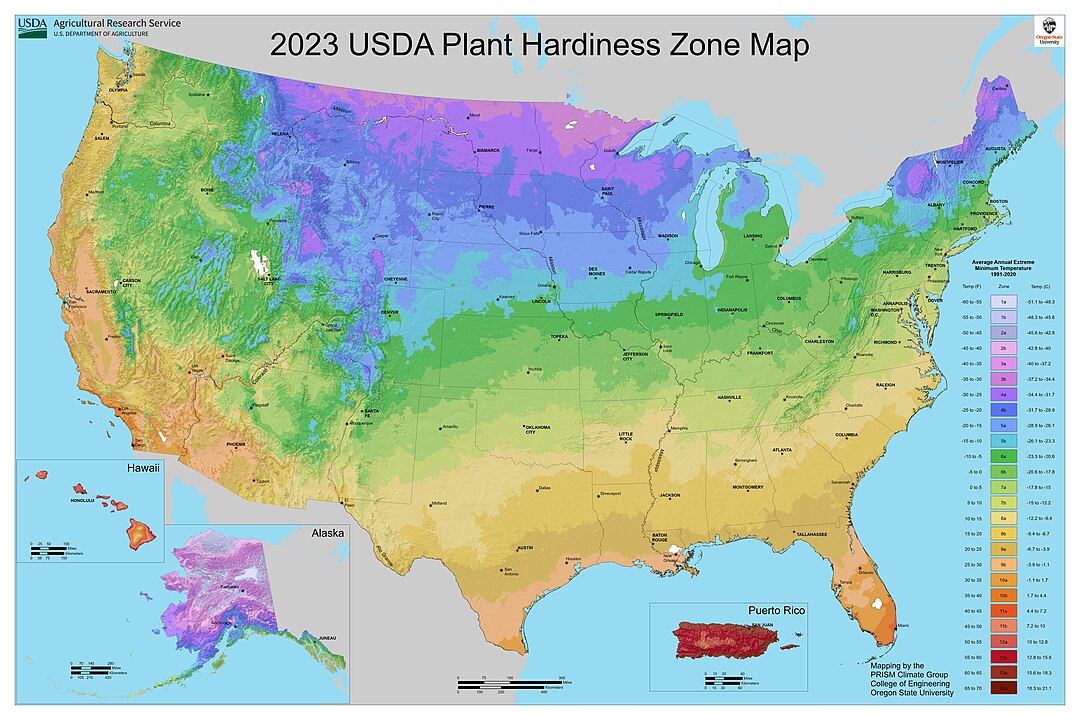
If you’ve heard of the USDA Plant Hardiness Zone Map, that’s a good place to start. It divides North America into zones based on average annual low temperatures, which makes it easier to find plants that can handle the winter. Other countries have similar maps, so look out for that as well.
Knowing your exact zone helps you avoid buying and growing plants that can’t handle extreme weather. You can check your zone online or reach out to a local agriculture office for help.
How Climate Zones Affect Plant Growth

Temperature greatly affects your plants, but there are also other factors you need to consider. Rain, humidity, and wind play a part in the growth of your plants.
Try sticking with plants that are proven to thrive in your area. While plants from other climate zones may look fine when you’re growing them, there’s a risk that they might not survive during the winter.
Choosing Plants for Your Zone
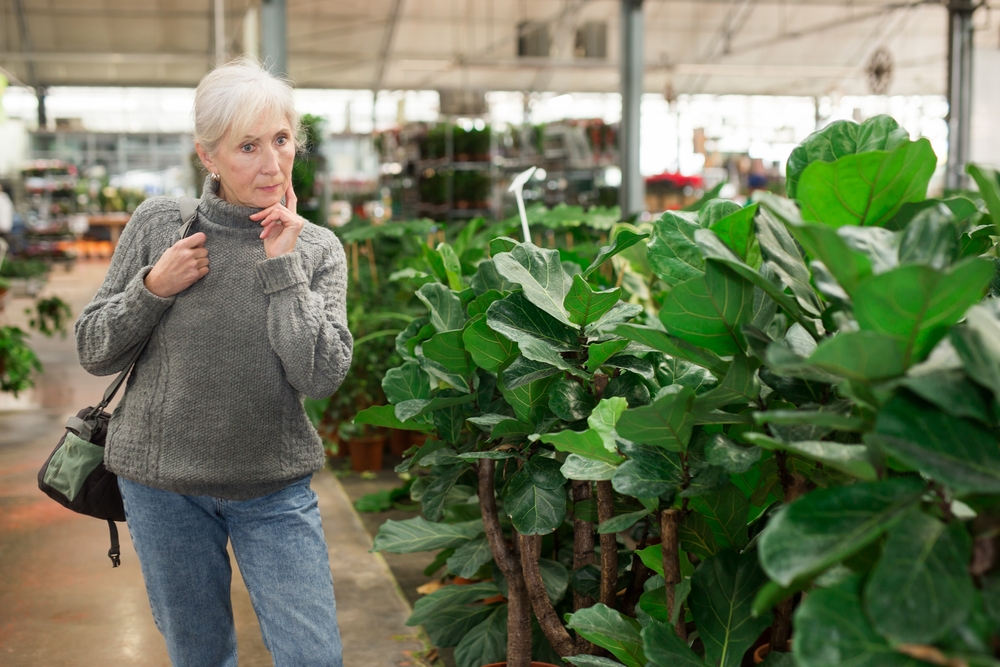
Whether you’re into flowers, trees, shrubs, or vegetables, there’s something out there that fits your zone. Some zones support citrus trees, while others are better for evergreens or native wildflowers. Here are some ideas for you.
- In zones 3-5, root vegetables, cold-hardy perennials, and evergreens thrive.
- In zones 6-8, some flowers, fruit trees, and leafy greens are the best options.
- As for zones 9-11, you can easily grow tropical plants, citrus, and heat-loving herbs.
Don’t forget about native plants! They grow easily in your area for a reason. These plants are already used to the local climate, and they even help local birds, bees, and butterflies, which can pollinate your flowers.
Factors to Consider When Choosing Plants
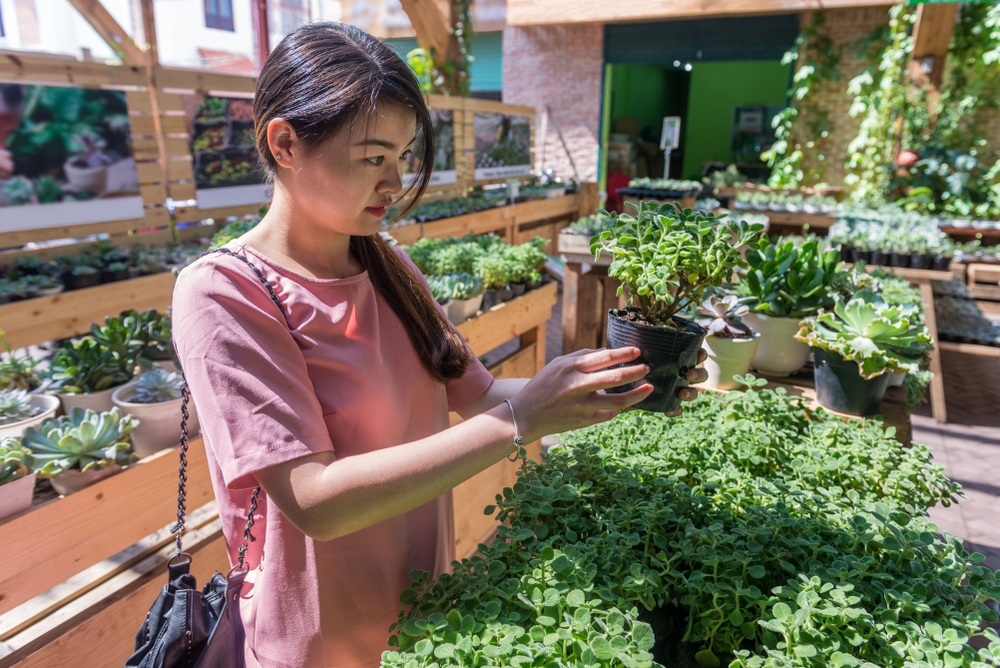
Aside from the climate zone, you also need to consider the soil type, sunlight, and watering practices for your plants.
- Some plants prefer loamy soil, while others grow perfectly fine on sandy or clay soil. So, if you already have a list of plants in mind, check if they match the soil in your yard.
- Plants are also affected by the amount of direct sunlight they get every day.
- Some plants need a lot of water while others thrive in dry soil.
Consider these things alongside your climate zone, and you’ll soon find out the plants that are the best options in your area.
Tips for Successful Planting in Different Zones
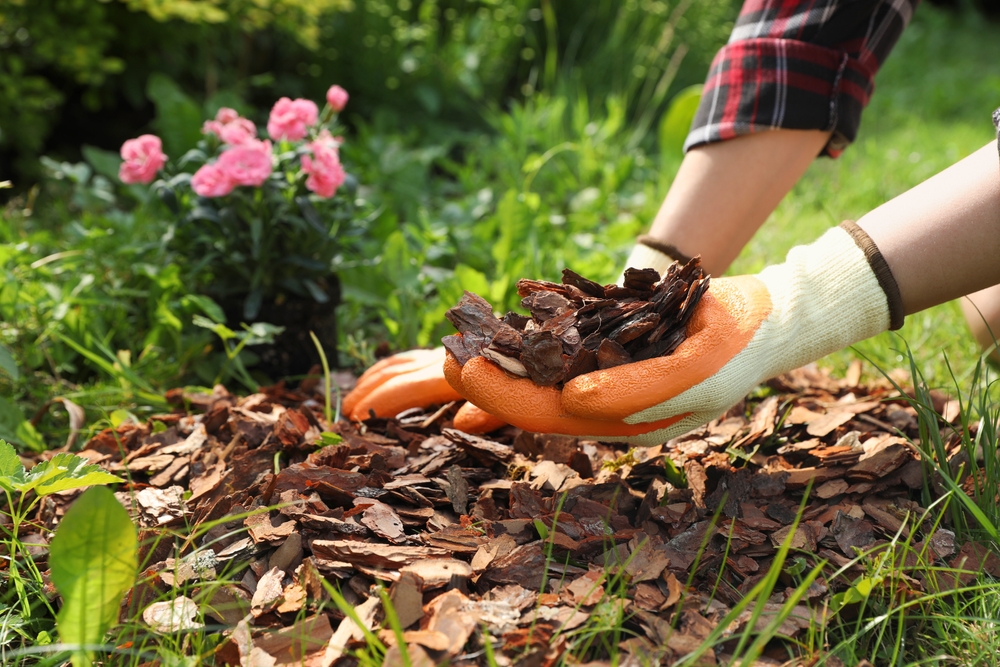
Depending on where you live, you might need a few things to make your soil healthy. Compost, sand, or even wood chips can help improve how your soil holds water and supports roots.
Mulch is your friend in almost any zone. It helps keep the ground cool in the summer and warm in the winter, and it holds in moisture. Some zones need you to wait until late spring, while others let you start earlier.
Common Mistakes to Avoid When Selecting Plants
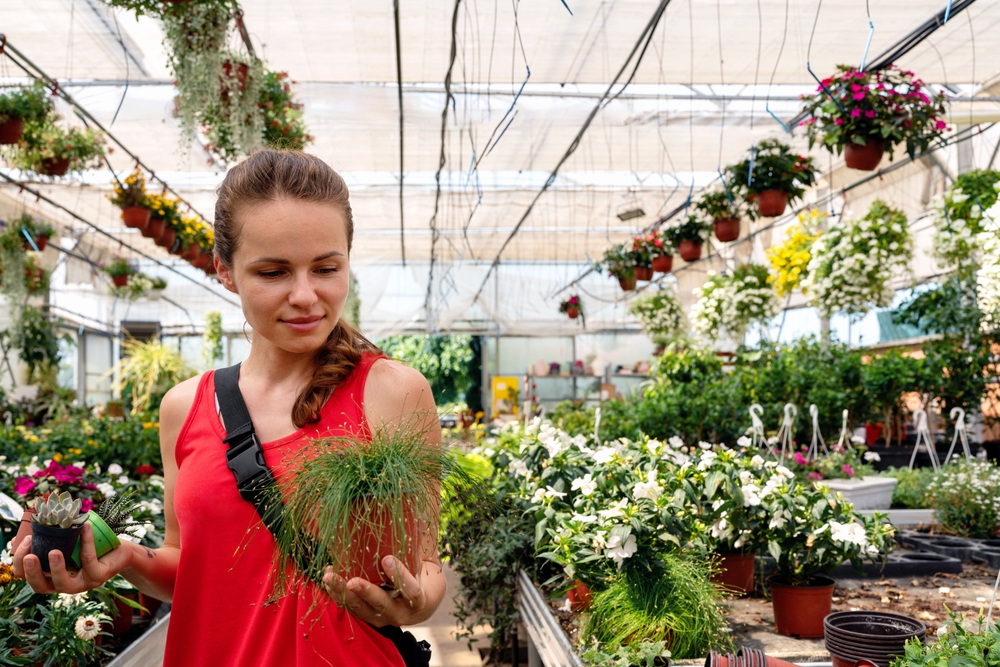
Even if you find a nice-looking plant at the store, it might not be a good fit for your area. Don’t impulsively buy plants that look great without checking if they can actually handle your weather.
It’s also easy to make these mistakes, especially if you’ve just started growing.
- Choosing plants that don’t match your weather
- Overlooking pests or plant diseases that show up in your zone
- Planting too early in spring or too late in fall
Not sure if a plant can handle your climate? Use research online or consult with local experts to find out which ones thrive in your area.
Matching your plants to your climate zone can save you a lot of time, money, and energy. You’ll worry about your plants, and there’s a higher chance that they will grow up healthy.
What are you waiting for? Look up your zone, pick plants that match it, and start preparing your garden for planting.
This article originally appeared on Avocadu.
